There are quite a few things that I found either unique to Armenian or omnipresent in this country: the gas-pipelines crisscrossing the country , the candle trays in churches, Lavash and Zhingalov, the famous flat bread, or Khachkars, stone crosses. And lets not forget the current hairstyle for young men.
Lavash and Zhingalov Khat
Lavash, a kind of flatbread, is the staple food in Armenia, it is found everywhere. There is even a sweet version. Unique to Nagorno Karabagh is a refined version, Zhingalov Khat. It is Lavash filled with many different herbs. In Goris I was lucky enough to come across a group of ladies who were making lavash in a tiny bakery, they three were working like machines. One was rolling the dough out flat and thin , the next step and done by a second woman was spreading the think spread of dough on a cushioned board and then slamming sticking against the walls of an oven set in the ground. The third was getting the Lavash out with a long iron hook.
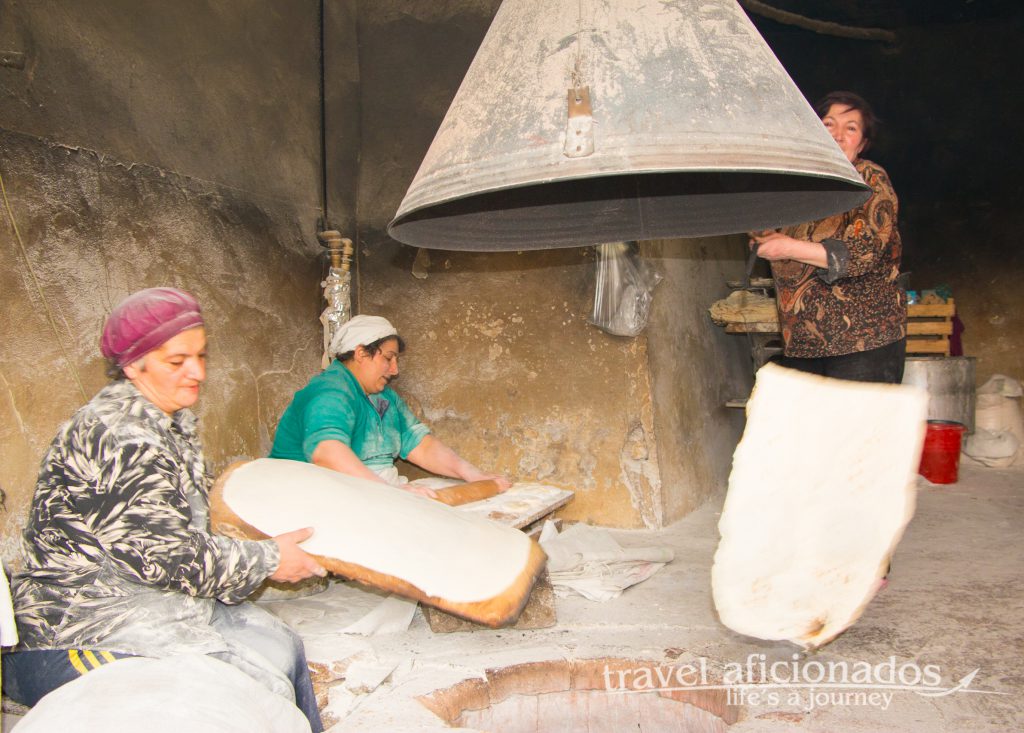
Lavash making – the three steps :rolling out the dough, sticking it against the oven wall, getting it out with a hook
Gas pipelines criss-crossing the country
Already on my first day in Verevan the yellow gas pipelines that run along many streets struck me. I was imagining accidents like cars plowing into them, leaks, or even sabotage. Armenian just shook their heads when I expressed my concern, nothing like that has ever happened. This pipelines are also omnipresent throughout Armenia’s lovely country side, I especially loved those bits when the pipeline had to go high up to allow trucks to pass under.
According to Gazprom Armenia, the company operates 14,279 km of such gas pipelines. About 80 per cent of Armenia’s vehicle fleet runs on natural gas.
Hairdo for Armenian men
When I asked my young friend Polyna how she distinguishes between Armenian men and Iranian tourists, her answer was quick. their hairdo. Armenian men’s latest fashion is fringes, that look as if the were glued to the forehead. The guys on the left is the driver of my shared taxis going from Yerevan to Goris. The photo was taken during a snow storm on a mountain pass when we were making a rest stop.
Khachkars – stone crosses
A khachkar, also known as an Armenian cross-stone is a carved, memorial stele bearing a cross, and often with other motifs. Khachkars are characteristic of Medieval Christian Armenian art.
Most early khachkars were erected in order to save the soul of a living or a deceased person. Others commemorate a military victory, the construction of a church, or serve as a form of protection from natural disasters The most common location for early khachkars was in a graveyard. About 40,000 khachkars survive today. Most of them are free standing,
Monasteries & candle tray
In front of Russian Orthodox Churches, elderly people or sometimes older children, usually sell thin yellow candles to people entering. The interior of most Orthodox Churches is usually rather simple. So these large, flat, iron trays filled with a thick layer of sand are often the dominating element of a church. In the trays the worshippers place the lit candles while saying a quiet prayer. I found this a very touching ritual to watch, the serene and calm faces of the people glow gently from the light of the candles. They seem to be fully concentrated on what they are doing. It is also quite common for women covering their head when entering a church or attending mass.

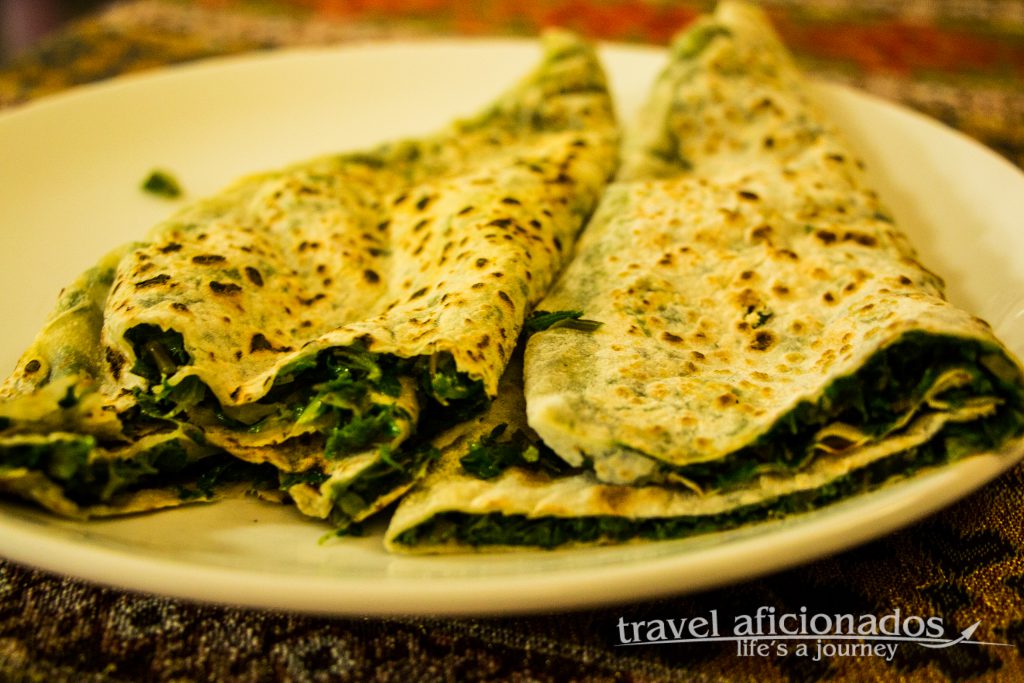
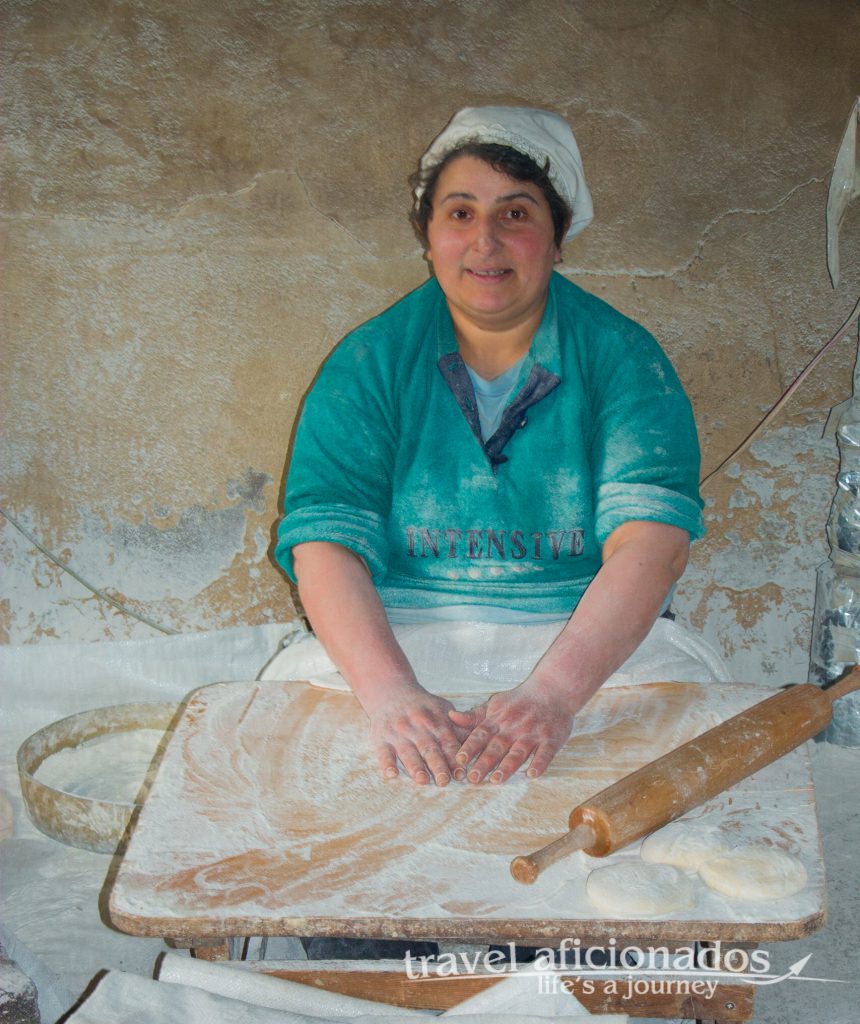
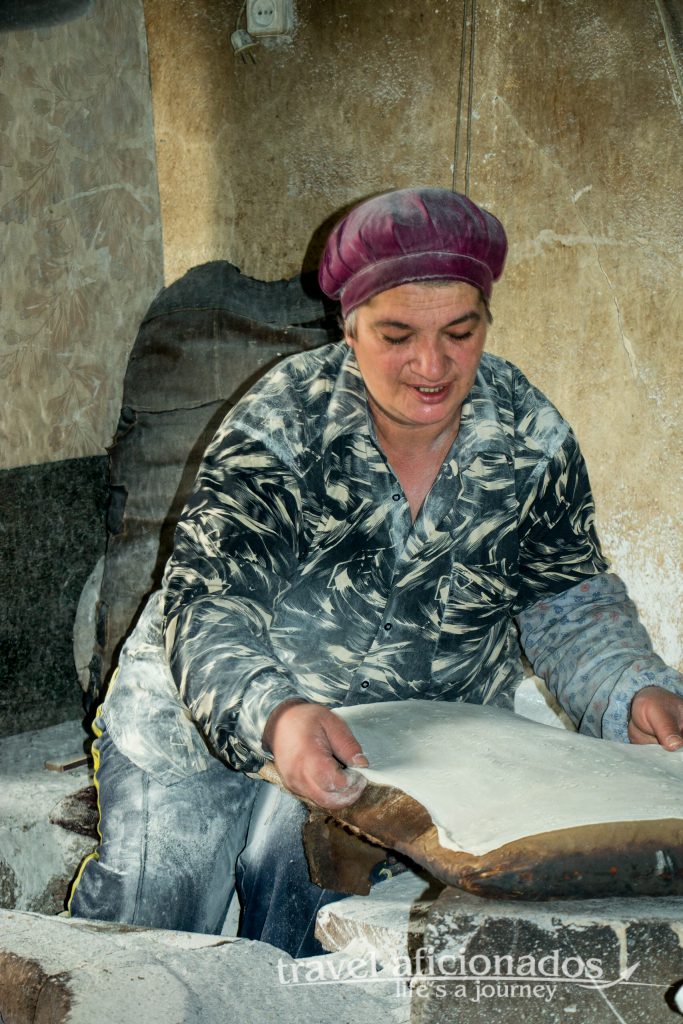
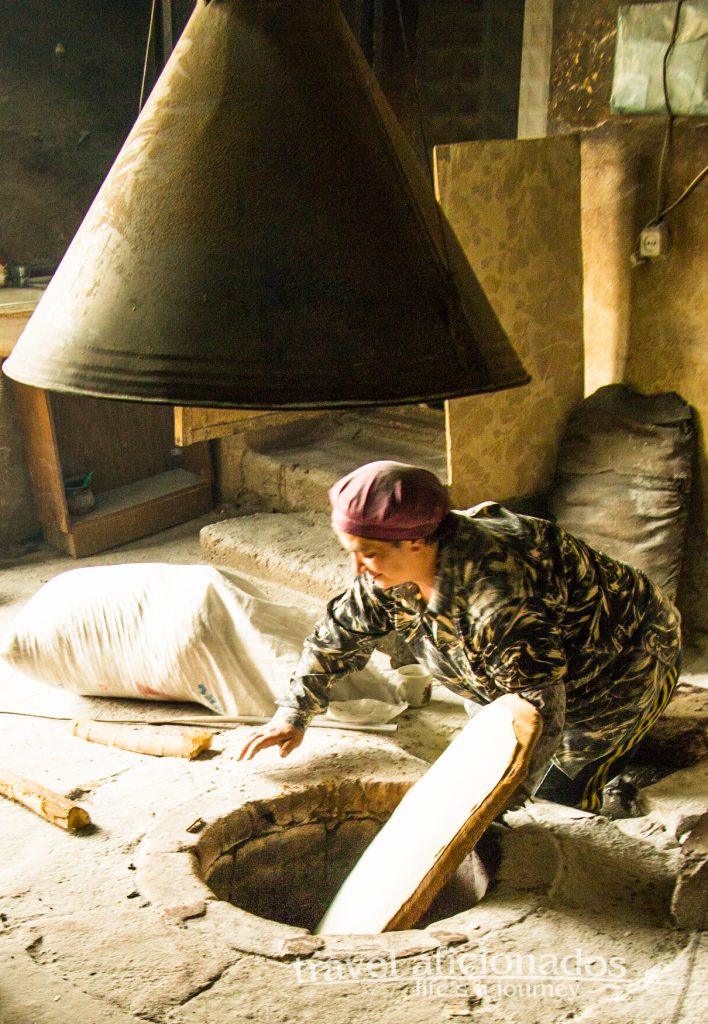
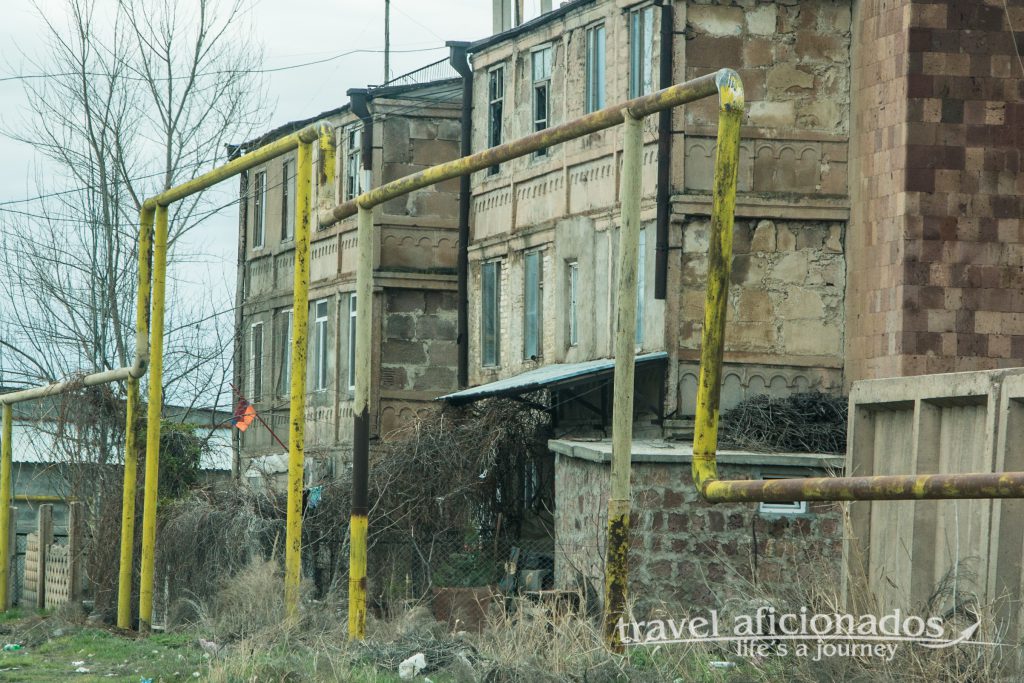
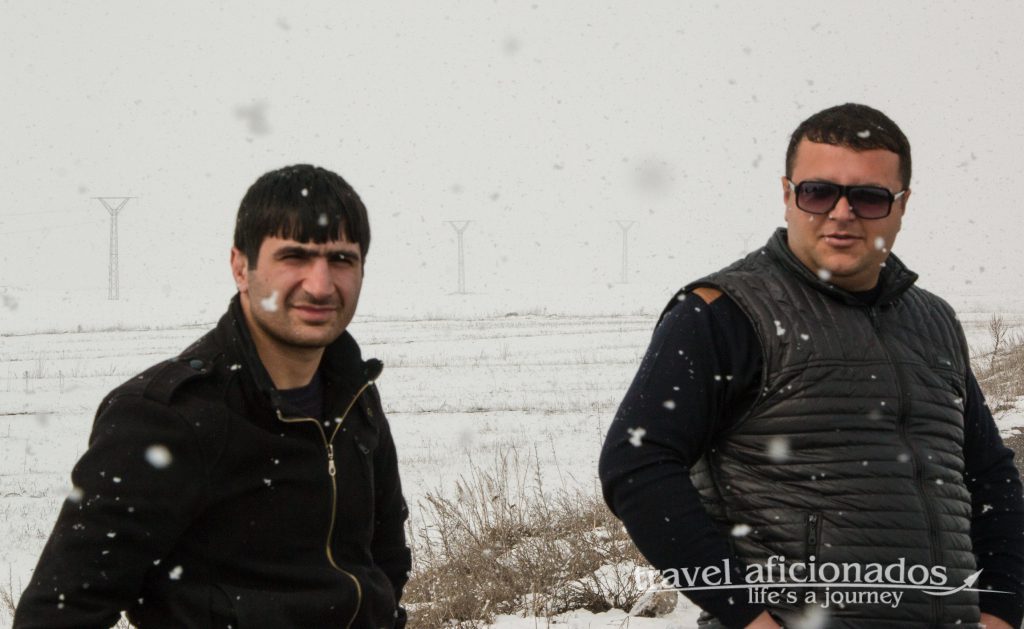
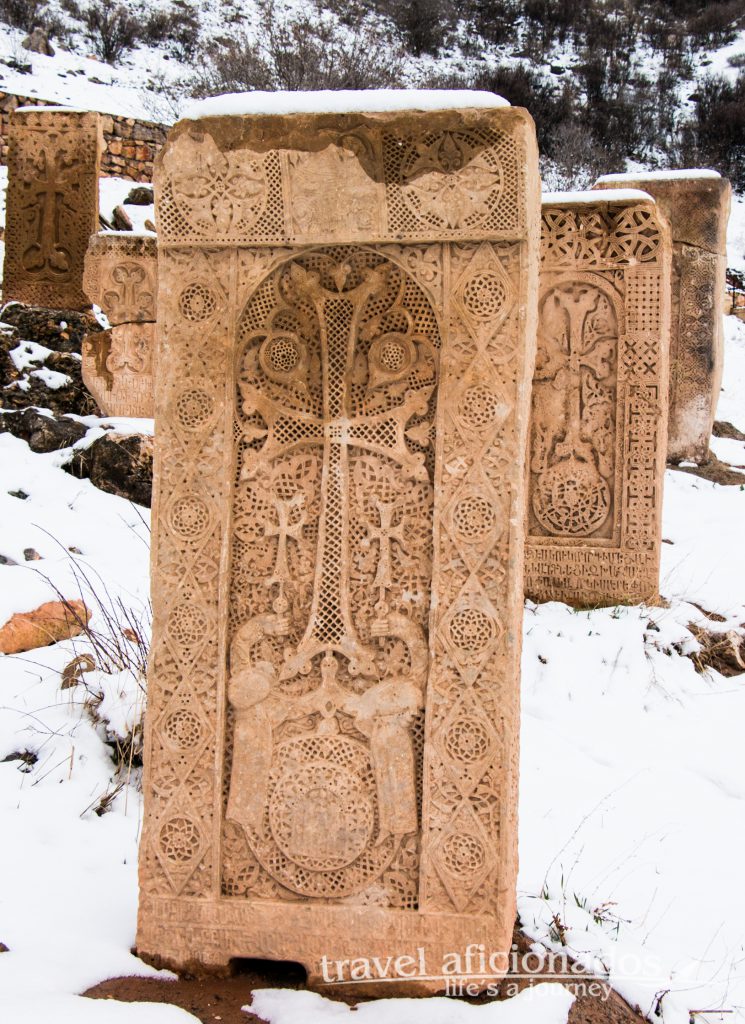
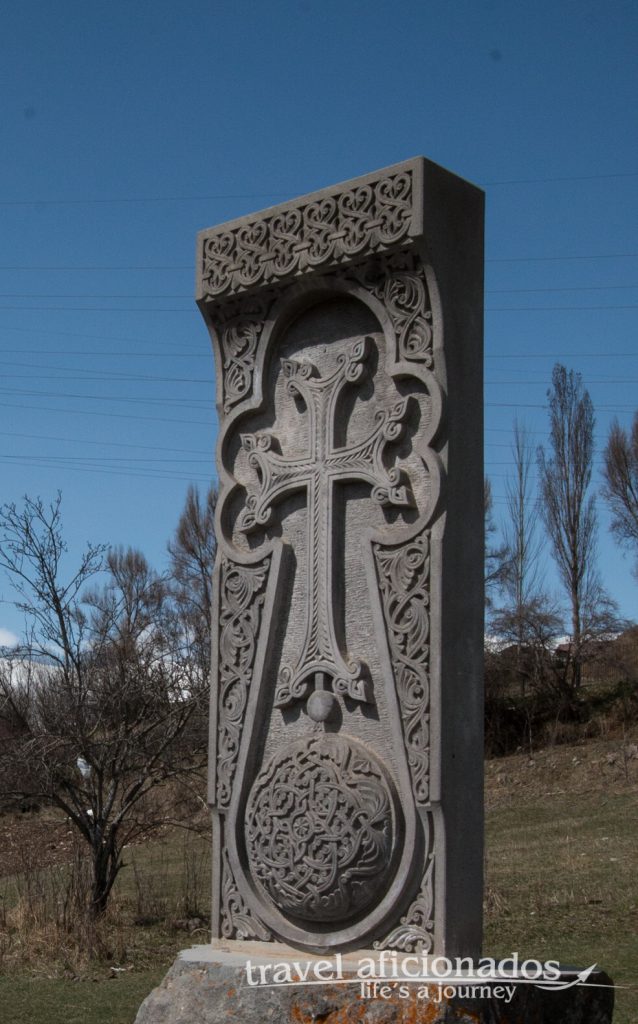

No comments yet.